
You should get your roof professionally inspected at least once a year, a conclusion I've reached after years of flying high-resolution drone roof surveys over hundreds of UK homes.
From my vantage point, I can spot the tiny hairline fractures on a ridge tile that signal impending water ingress or see the subtle thermal bleed around a skylight that indicates failing sealant. These are issues that are completely invisible from the ground.
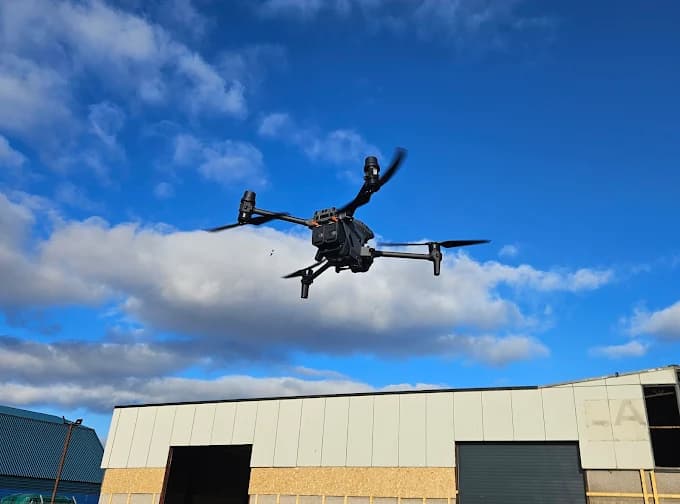
Whether you're concerned about potential storm damage or you're simply trying to stay ahead of costly repairs, this guide will give you the professional insights needed to protect your home effectively.
30 Second Summary
- Schedule annual professional drone roof inspections, typically in spring or early summer, to assess structural integrity and address winter damage.
- Conduct immediate inspections within 24-48 hours after severe weather events to prevent minor damage from becoming major issues.
- Roofs over 20 years old require annual inspections, while newer roofs under 10 years can be inspected every 2-3 years.
- Perform seasonal maintenance checks in spring, autumn, summer, and winter to catch problems early and prepare for weather changes.
- Watch for visible warning signs like stains or dripping that indicate the need for immediate professional inspection and assessment.
Why Are Regular Roof Inspections Important?
Regular roof inspections aren't just another item on your home maintenance checklist—they're your first line of defense against expensive surprises. You'll catch minor issues before they become major headaches that cost thousands, while simultaneously extending your roof's lifespan and protecting your home's value.
Most importantly, these inspections reveal hidden water damage that's often invisible from ground level but can silently destroy your home's structure.
Prevent Costly Major Repairs
While small roofing issues might seem insignificant at first glance, they can quickly escalate into expensive disasters that'll drain your bank account. A minor leak left unchecked can damage insulation, compromise structural integrity, and create mold growth throughout your home.
What starts as a £150 repair can balloon into thousands when water infiltrates your attic and spreads to walls and ceilings. I once saw a single cracked tile, barely visible from the ground, lead to over £5,000 in attic and ceiling repairs. It's a stark reminder that what seems small can have huge consequences.
Regular inspections catch these problems early when they're still manageable and affordable. You'll spot loose shingles before they blow off completely, identify damaged flashing before it fails entirely, and address small leaks before they become major water damage events. This proactive approach saves you money and protects your home's value.
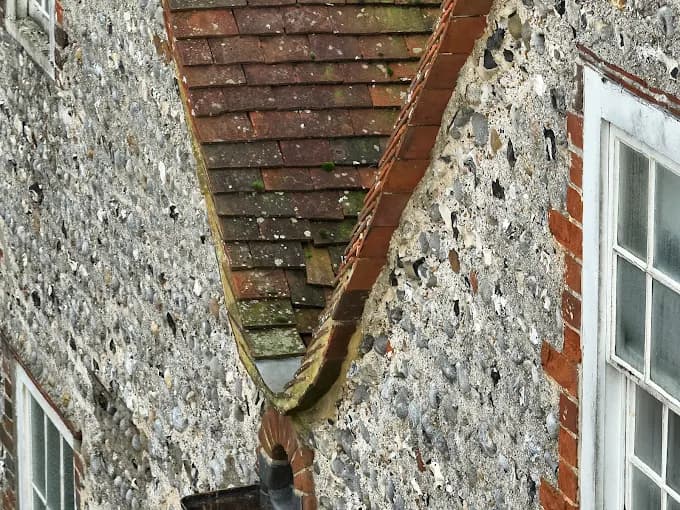
Extend Roof Lifespan
Most roofing systems are designed to last 20-30 years, but you'll only reach that lifespan potential through consistent maintenance and timely repairs. Regular inspections help you identify and address minor issues before they compromise your roof's structural integrity.
When you catch problems like loose shingles, damaged flashing, or small leaks early, you're preventing accelerated deterioration that shortens your roof's life.
Think of inspections as preventive healthcare for your roof. Without them, small problems compound into major structural damage that forces premature replacement. A roof that receives annual inspections and prompt repairs can often exceed its expected lifespan by several years. This means you'll maximize your initial roofing investment while avoiding the significant expense of early replacement.
Detect Hidden Water Damage
Water damage can creep into your home's structure long before you notice visible signs like stains or dripping. Regular roof inspections catch these hidden problems early, preventing costly structural damage and mold growth.
From the ground, a roof can look perfectly fine, but when I get the drone up close, I can often spot the subtle water tracks or tiny breaches in flashing that are the real culprits. It's these hidden issues that cause the most damage over time.
They'll examine areas where water commonly infiltrates: around chimneys, vents, skylights, and flashing. Small leaks can rot wooden beams, damage insulation, and create perfect conditions for mold colonies to thrive within your walls. By the time water stains appear on your ceiling, significant damage has already occurred.
Early detection through routine inspections saves you thousands in repair costs and protects your family's health from mold exposure. Don't wait for visible signs—schedule inspections to catch water damage before it spreads.
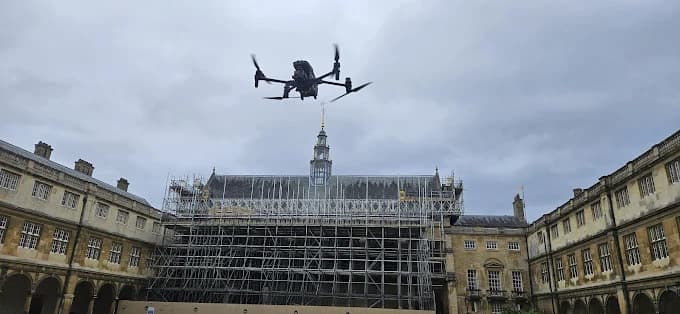
Maintain Home Value
Your home's roof condition directly impacts its market value, often accounting for 15-20% of your property's total worth. A well-maintained roof signals to potential buyers that you've properly cared for the property, while visible damage raises red flags about costly repairs ahead.
Regular inspections help you address minor issues before they become major eyesores that hurt your home's curb appeal. When you catch problems early, you'll spend less on repairs and maintain your property's competitive edge in the market.
Real estate appraisers specifically evaluate roof condition when determining home values. If you're planning to sell, inspection records demonstrate proactive maintenance to buyers and their inspectors. This documentation can prevent last-minute negotiation surprises and keep your asking price intact.
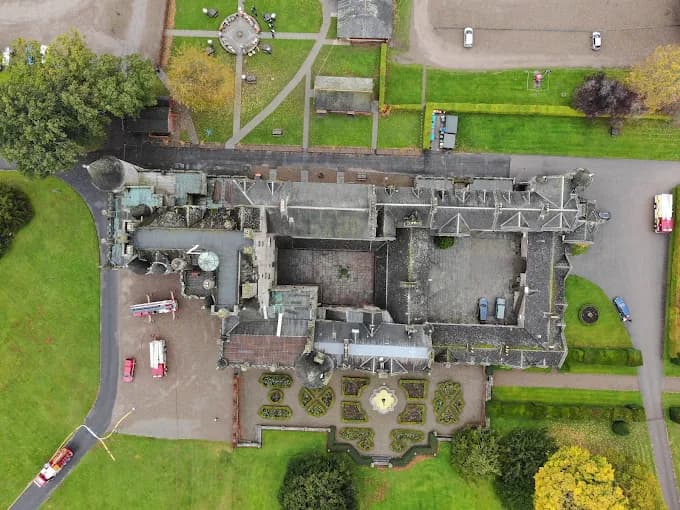
How Often Should You Get a Roof Inspection in the UK?
You should schedule professional roof inspections annually in the UK, but certain circumstances require more frequent assessments. After severe weather events like storms or high winds, you'll need immediate inspections to catch potential damage early.
Your roof's age, seasonal conditions, and any warning signs you notice will also determine when additional inspections become necessary.
Annual Professional Inspections
Setting up annual professional inspections acts as your roof's health checkup, helping you catch potential issues before they turn into costly repairs. Professional roofers possess the expertise and equipment to identify problems you might miss during DIY inspections.
They'll examine structural integrity, check for loose or damaged tiles, assess guttering systems, and evaluate flashing around chimneys and vents.
Schedule your annual inspection during spring or early summer when weather conditions are favourable. This timing allows you to address any winter damage before the next harsh weather season arrives. During the inspection, professionals will document their findings with detailed reports and photographic evidence, giving you a clear understanding of your roof's condition and any recommended maintenance or repairs needed.
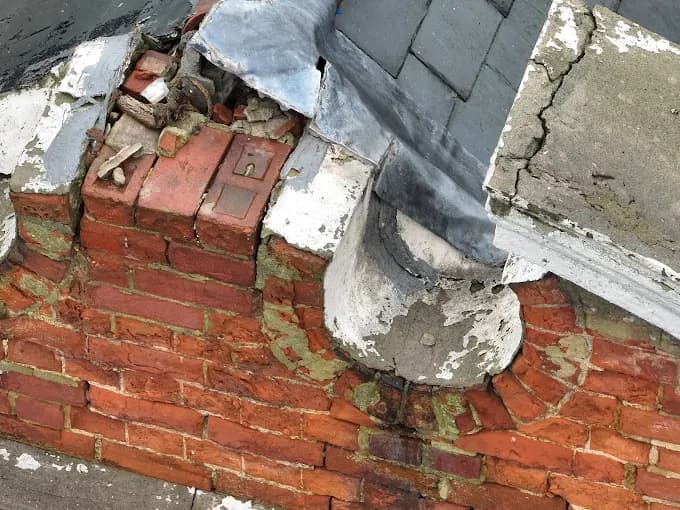
Post-Storm Assessment Timing
Severe weather events in the UK demand immediate roof inspections within 24-48 hours after storms pass.
From my experience, the homes that get checked quickly are the ones that avoid the worst of the secondary damage, like water ingress from a dislodged tile. You shouldn't delay this assessment, as hidden damage can worsen rapidly with continued exposure to moisture.
High winds, heavy rain, and hail can compromise your roof's integrity without obvious signs. You'll need to check for loose or missing tiles, damaged flashing, blocked gutters, and compromised seals around chimneys and vents. Don't attempt climbing onto your roof during dangerous conditions – wait until it's safe.
If you can't perform the inspection yourself, contact a professional roofer immediately. Document any visible damage with photographs for insurance purposes. Quick action prevents minor storm damage from becoming major structural problems that'll cost significantly more to repair later.
Age-Based Inspection Schedule
While your roof's age significantly determines inspection frequency, the recommended schedule varies considerably across different roofing materials and construction periods. You'll need annual inspections if your roof is over 20 years old, regardless of material type.
For newer roofs under 10 years, you can safely schedule inspections every two to three years, assuming no severe weather events occur.
Different materials age at varying rates. Asphalt shingles typically require more frequent monitoring after 15 years, while metal roofs maintain integrity longer but need specialized assessments. Clay tiles can last decades but require immediate attention when individual tiles crack or shift. You should also consider your roof's installation quality and local climate conditions when determining inspection frequency, as poor workmanship accelerates deterioration significantly.

Seasonal Maintenance Checks
Beyond age-related considerations, you'll want to align your roof inspections with Britain's distinct seasonal patterns to catch problems before they escalate. Spring inspections help you assess winter damage from freezing temperatures, snow loads, and storms. You'll spot loose tiles, damaged guttering, and compromised flashing before the rainy season begins.
Autumn checks are equally crucial. You'll need to clear debris from gutters, check for loose materials that won't withstand winter winds, and ensure your roof's ready for harsh weather ahead.
Don't skip summer inspections either – heat can cause thermal expansion issues and reveal problems masked by winter conditions. Winter spot-checks during mild weather help you catch urgent issues like ice damage or blocked drainage systems requiring immediate attention.
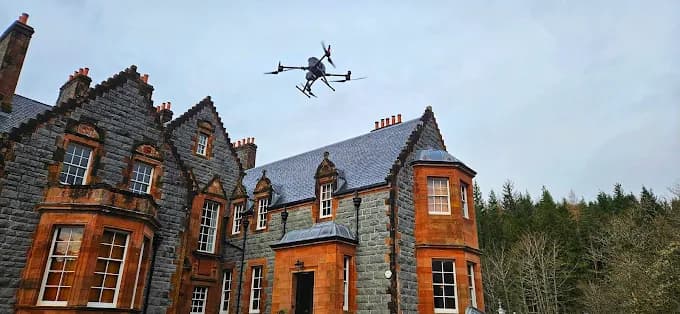
What Are the Warning Signs That Mean You Need an Immediate Roof Inspection?
While routine inspections follow a regular schedule, certain warning signs demand your immediate attention and shouldn't wait for your next planned assessment. You'll need to act quickly if you notice visible damage to your shingles, water stains appearing inside your home, sections of your roof beginning to sag, or an unusual accumulation of granules in your gutters.
These red flags often indicate serious issues that can worsen rapidly and lead to costly repairs if you don't address them promptly.
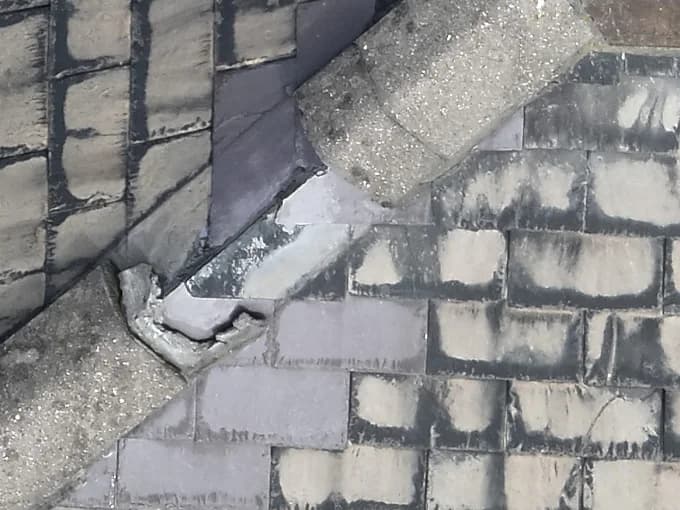
Visible Shingle Damage
When you look up at your roof, certain warning signs should immediately catch your attention and prompt you to schedule an inspection right away. Cracked, curled, or missing shingles indicate your roof's protective barrier is compromised. You'll notice shingles that appear buckled, blistered, or have granules washing away into your gutters.
Dark streaks or discoloration on shingles often signal algae growth or water damage. Pay attention to loose or exposed nails, which create entry points for moisture. If you spot shingles that are lifting at the edges or have torn sections, don't wait for the next scheduled inspection. These visible damages can quickly worsen during storms, leading to costly interior damage and structural problems.
One of the most common things I spot are nails that have lifted slightly, breaking the shingle's seal. It’s a tiny detail, but it's an open door for rainwater, and it's almost impossible to see without a close-up view.
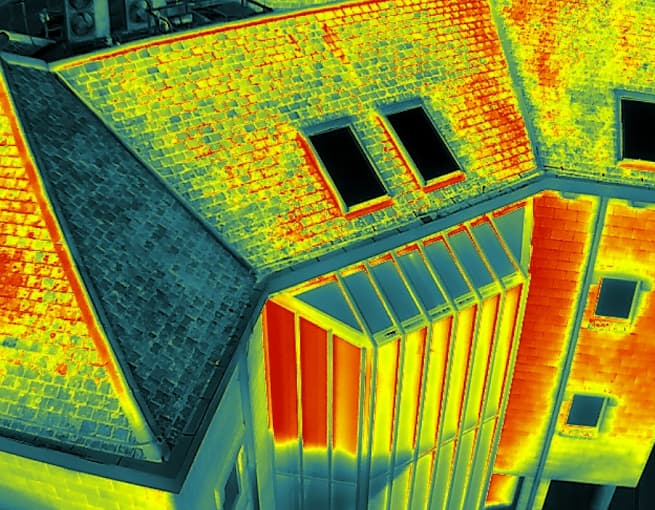
Interior Water Stains
Water stains on your ceiling or walls serve as clear indicators that moisture has already penetrated your roof's defenses. These discolored patches typically appear as brown, yellow, or rust-colored marks that expand over time.
You'll often notice them near light fixtures, in corners, or along the edges where walls meet ceilings.
Don't ignore even small stains, as they represent ongoing water intrusion that can cause structural damage, mold growth, and insulation deterioration. Fresh stains may appear darker and feel damp to the touch, while older ones create permanent discoloration.
If you discover interior water stains, schedule an immediate roof inspection. The source could be damaged flashing, missing shingles, or compromised seals around vents and chimneys.
Sagging Roof Areas
Any visible sagging in your roof structure signals a serious structural problem that demands immediate professional attention. You'll notice sagging as dips, curves, or drooping sections where your roofline should appear straight and level.
This dangerous condition typically results from weakened support beams, damaged trusses, or excessive weight from snow, ice, or water accumulation.
Don't wait to address sagging areas – they can lead to catastrophic roof collapse. You might also observe related warning signs like cracked drywall, doors that won't close properly, or windows that stick. If you spot any sagging from ground level or notice these interior symptoms, evacuate the affected area immediately and contact a structural engineer or roofing professional. This isn't a DIY assessment situation.
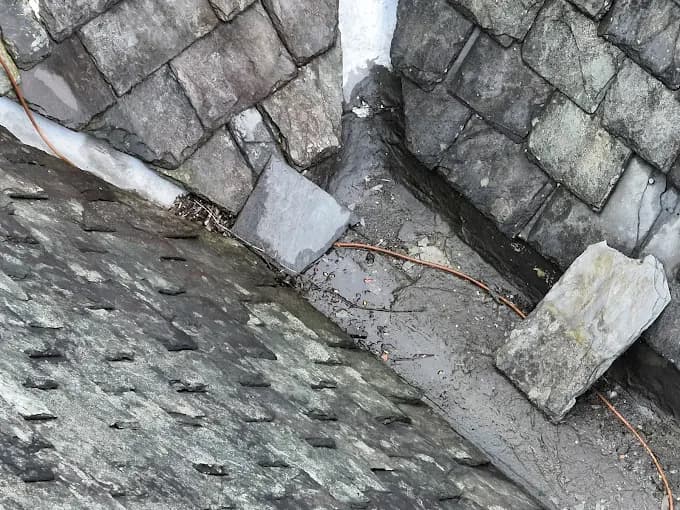
Granule Loss Accumulation
Asphalt shingle granules protect your roof from UV rays and weather damage, but they'll naturally shed over time through normal wear. However, excessive granule loss signals serious problems requiring immediate inspection.
Check your gutters and downspouts regularly for granule accumulation. Small amounts are normal, especially on newer roofs during their first year. But heavy granule buildup indicates accelerated shingle deterioration from age, storm damage, or manufacturing defects.
Look for bare spots on shingles where granules have worn away completely. These exposed areas make your roof vulnerable to leaks and further damage. You'll also notice granules scattered around your home's foundation after storms. If you're finding consistent granule deposits or see widespread bare patches on your shingles, schedule an inspection immediately.
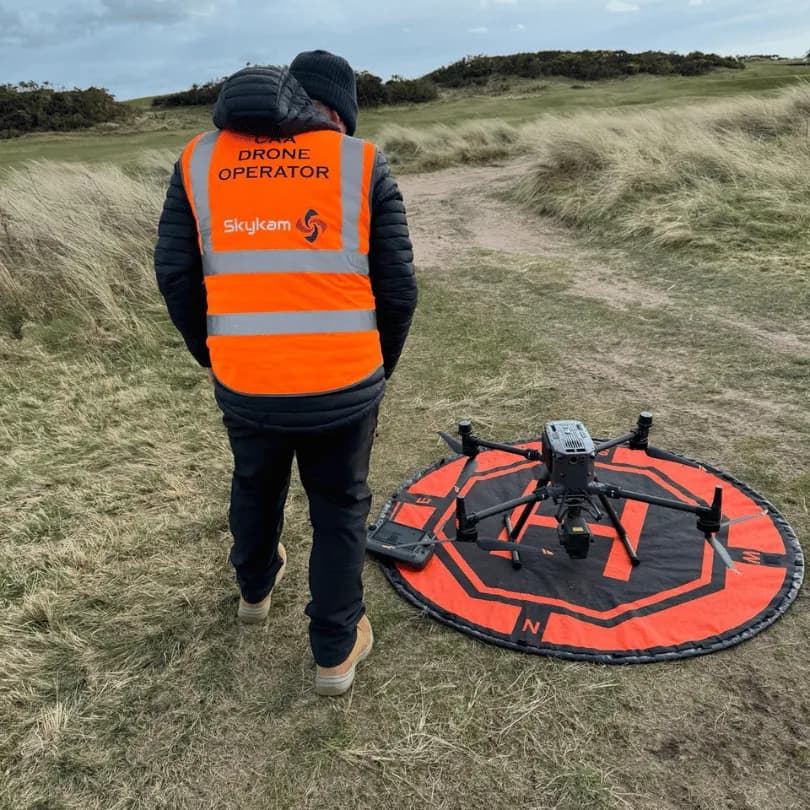
DIY Checks vs. Calling a Professional
It's wise to know what you can look for yourself and when it's time to bring in an expert. A proactive approach can save you money, but safety and accuracy are paramount.
What You Can Safely Check From the Ground
You can perform a preliminary inspection without ever leaving the ground. Use binoculars to get a closer look and watch for these issues:
Visible Shingle Issues: Look for shingles that are cracked, curled, buckled, or missing entirely.
Streaks or Stains: Dark streaks can indicate algae or moss growth, which traps moisture.
Gutter Debris: Check for an accumulation of shingle granules in your gutters and at the bottom of downspouts.
Damaged Flashing: Look for bent or rusted flashing around chimneys, vents, and skylights.
When You Absolutely Need to Call a Pro
For your safety and to ensure a thorough assessment, some situations always require a professional. Call an expert if you notice:
Any Sign of a Leak: If you have water stains on your ceiling, don't hesitate.
Major Storm Damage: After a severe storm with high winds or hail, a professional inspection is crucial.
A Sagging Roof: This indicates a serious structural problem that needs immediate expert evaluation.
Your safety is non-negotiable: Never climb onto a roof if you are not trained and equipped to do so. I use specialised equipment for a reason—it provides a comprehensive view without the risks. Professionals have the right safety gear and experience.
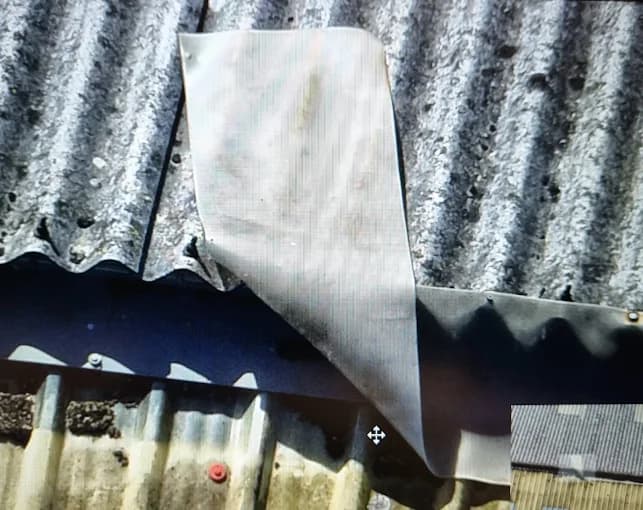
How Do Insurance Companies View Roof Inspection Frequency?
Most insurance companies expect homeowners to maintain their roofs through regular inspections, and they're increasingly using inspection frequency as a factor in coverage decisions. You'll find that many insurers require annual inspections for roofs over 10 years old, and some mandate bianual checks for roofs exceeding 15-20 years.
If you can't provide documentation of regular inspections, your insurer might deny claims related to preventable damage. They view consistent inspections as proof you're maintaining your property responsibly.
Some companies offer premium discounts when you submit annual inspection reports from certified professionals. Missing scheduled inspections could void your coverage for certain types of damage, particularly weather-related issues that proper maintenance might've prevented. You're protecting both your roof and your insurance coverage by staying current.
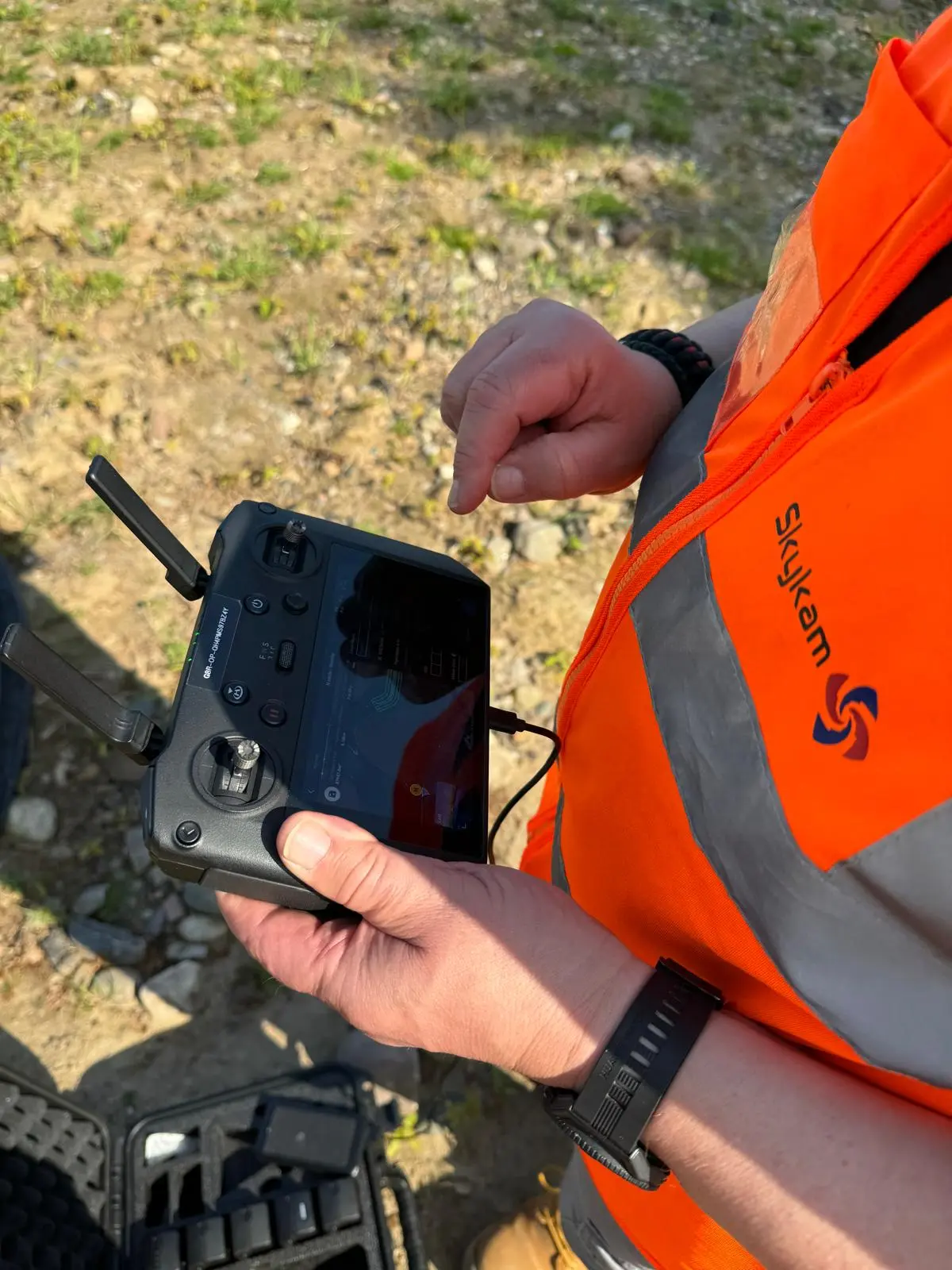
How Much Does a Routine Drone Roof Inspection Cost?
Where traditional roof inspections might cost £250-£500, drone inspections typically run between £150-£350 for most residential properties. You'll find the price varies based on your roof's size, complexity, and accessibility.
Multi-story homes or roofs with steep pitches often cost more due to increased flight time and technical difficulty.
Several factors affect your final cost. Geographic location plays a role, with urban areas typically charging higher rates than rural markets. You'll pay extra for detailed thermal imaging, which can detect hidden moisture problems or insulation issues. Emergency inspections cost 25-50% more than scheduled appointments.
In my opinion, the detailed report and high-resolution imagery you get from a drone inspection offer incredible value. You're not just paying for a check-up; you're getting a permanent, detailed record of your roof's condition that's invaluable for insurance or future maintenance.
The investment pays off through comprehensive documentation, including high-resolution photos and video footage you can keep for insurance records. Many companies offer package deals if you're bundling the inspection with other services like gutter cleaning or maintenance work.
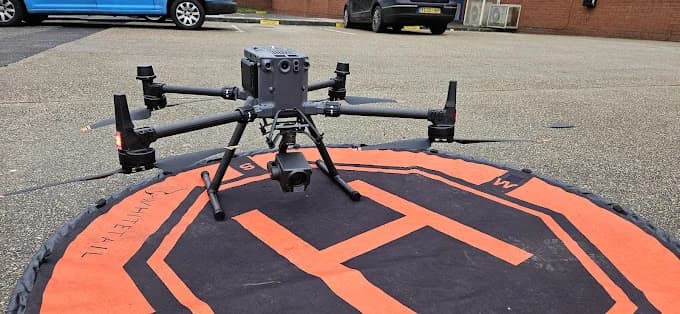
What Preventative Maintenance Extends the Life of Your Roof?
Regular inspections help you spot problems early, but consistent maintenance keeps those problems from developing in the first place. You'll extend your roof's lifespan significantly by following these tips:
Clean gutters quarterly to prevent water backup and ice dams.
Remove debris like leaves and branches that trap moisture and accelerate deterioration.
Trim overhanging tree limbs that scrape shingles or drop heavy branches during storms.
Check and replace damaged or missing shingles immediately to prevent water infiltration.
Seal gaps around vents, chimneys, and flashing before they become major leak sources.
Clear moss and algae growth that retains moisture and degrades roofing materials.
Apply protective coatings every few years for added weather resistance.
Schedule professional maintenance annually to address issues you can't safely handle yourself.

Secure Your Property with a Professional Drone Roof Inspection
Protecting your investment comes down to proactive care. As this guide makes clear, annual inspections and prompt post-storm checks are essential for preventing small issues from turning into costly disasters. The challenge, however, is getting a safe, detailed, and accurate assessment, which is precisely the problem HireDronePilot solves.
Our network of GVC-licensed drone pilots are specialists in property surveys, equipped with high-resolution cameras to catch the smallest defects. As the UK's premier managed marketplace, we are focused on connecting businesses with verified professional drone pilots for hire.
We streamline drone roof surveys through competitive bidding, ensuring quality, compliance, and value for every aerial project across the United Kingdom. To get a clear picture of your roof's health from a local expert, find your drone pilot at https://hiredronepilot.uk/.
Don't wait for a ceiling stain to tell you there's a problem. Book a professional drone roof inspection today and gain the peace of mind that comes with knowing your home is secure.
About the Author

Written by
Peter Leslie
Peter Leslie is a CAA-approved commercial drone pilot with 10+ years experience and over 10,000 flight hours. He holds the GVC and A2 CofC drone licences with full CAA Operational Authorisation. Peter is a member of ARPAS-UK, the UK's non-profit trade association for the drone industry. He founded HireDronePilot to connect UK businesses with qualified, insured drone operators.
Looking for More Drone Work?
Join the UK's leading network of professional drone pilots and grow your business.
Open Access
Bid on any job - all jobs open to all pilots
Grow Revenue
Access high-value commercial projects
Stay Busy
Fill your schedule with regular work
Related Articles

Our Drone Survey Service In Stirling, Scotland
Bringing you Stirling drone survey data from areas no one else can fly.

How Much Does A Drone LiDAR Survey Cost
Forecasting your drone LiDAR survey cost requires understanding what's hidden beyond the initial quote.

Step By Step Process Of Drone LiDAR Survey
Next, discover the crucial post-flight steps that determine your survey's success.